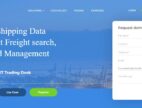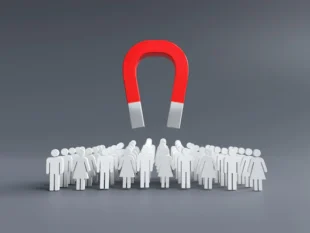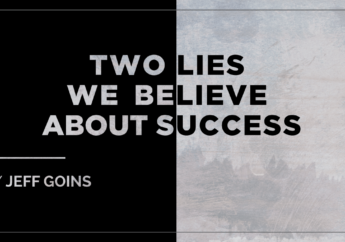Keeping Your Sales Team in the Loop: Communications and CRM
by Arina Smith Sales & Marketing 17 April 2018

One of the Keys to sales is good customer service, and one of the best ways to achieve that is communication. Communication is a two-way street, and your company needs to give customers a voice as well.
This is where a customer relationship management program (CRM) is helpful. It is an all in one place database where customer information is stored, everything from contact information to purchase history and customer service contact. So how does all of this communication work together? Here is what the process looks like.
Make an Offer :
Your business communication CRM should be working for you from the first time a visitor lands on your website or you make an initial sales call. The first time you can gather information from them about who they are and what their needs are, you should begin to use that information.
With a website, often this is when they create an account or sign in to your site using a social media profile. This type of sign in is almost better than them registering with their email address. A social media account tells you so much more about them, including age, location, occupation, and more.
This is the point at which you are making a sales offer to the customer. This can be through an ad or an automated process, but this is the customer’s first chance to interact with you. Sometimes this initial information is gathered from their shopping cart when the customer makes an initial purchase.
However, you first come in contact with the customer and begin to gather data about them, this is where your CRM starts its work
Land the Customer :
Your information can be used a number of ways, but the first way it should be used is to land the customer. In order to gain a customer for life, you need to make an initial sale. Sometimes an initial sale is not a sale, but a conversion of some other sort.
This can be everything from getting them to subscribe to your blog or newsletter or download a free e-book. This creates a spirit of reciprocity because you gave them something first. When they are ready to buy, they are more likely to do so from you.
Sometimes the initial sale is actually a sale. Whether that is an introductory offer, a free trial download, or a subscription to your service, the customer is now using something you offer to meet a need or satisfy a want they have.
This is where you can start to gather more data. How did they pay for their purchase? How many pages of your website did they visit before they made a purchase, and which ones were they?
Not only does this information help you relate to this customer, but it also helps shape your content marketing strategy to reach customers overall.
Follow Up :
Once a customer has made a purchase, you need to turn them from a one-time buyer into someone who is a regular customer. This means you must use the data they have shared with you to follow up.
However, it is important to understand that this is individual data, the follow up must be geared toward that person. Everyone responds differently to follow up and wants a different kind of attention. For some, a gentle “How did we do?” survey they can opt in or out of is sufficient. For others, a much more solid follow up that asks them to purchase again will be much more effective.
How do you know which to do? By analyzing the data you have. What is the individual’s purchase history? What is their browsing history? How long does your product last? Are they doing a free trial of your service, and at what point might they need your help?
A CRM lets you follow the customer’s response to outreach, their visits to your website should they return for information, and any interaction they have with your customer service department.
Add Value :
The next step is to determine what the customer values, and what your customers in general value. This enables you to add value to their transactions based on not what you think they might want or need, but what they tell you they want or need.
There are a number of ways to get this kind of feedback, from social listening to customer reviews and other contact you might have with the customer. Your CRM can be used to catalog and analyze all of this data, keeping your sales team informed of what customers are looking for. This can make their pitches more effective and conversion rates higher.
Conclusion
Your customers expect a spectacular sales experience. In an era of big data, machine learning, and spectacular and powerful CRM programs, it is your obligation to give it to them, and you can do so without breaking the bank. Keep your sales team in the loop, and they will produce spectacular results.
Was this article helpful and informative? Leave us a comment with your thoughts in the section below.
Read Also :







































































































